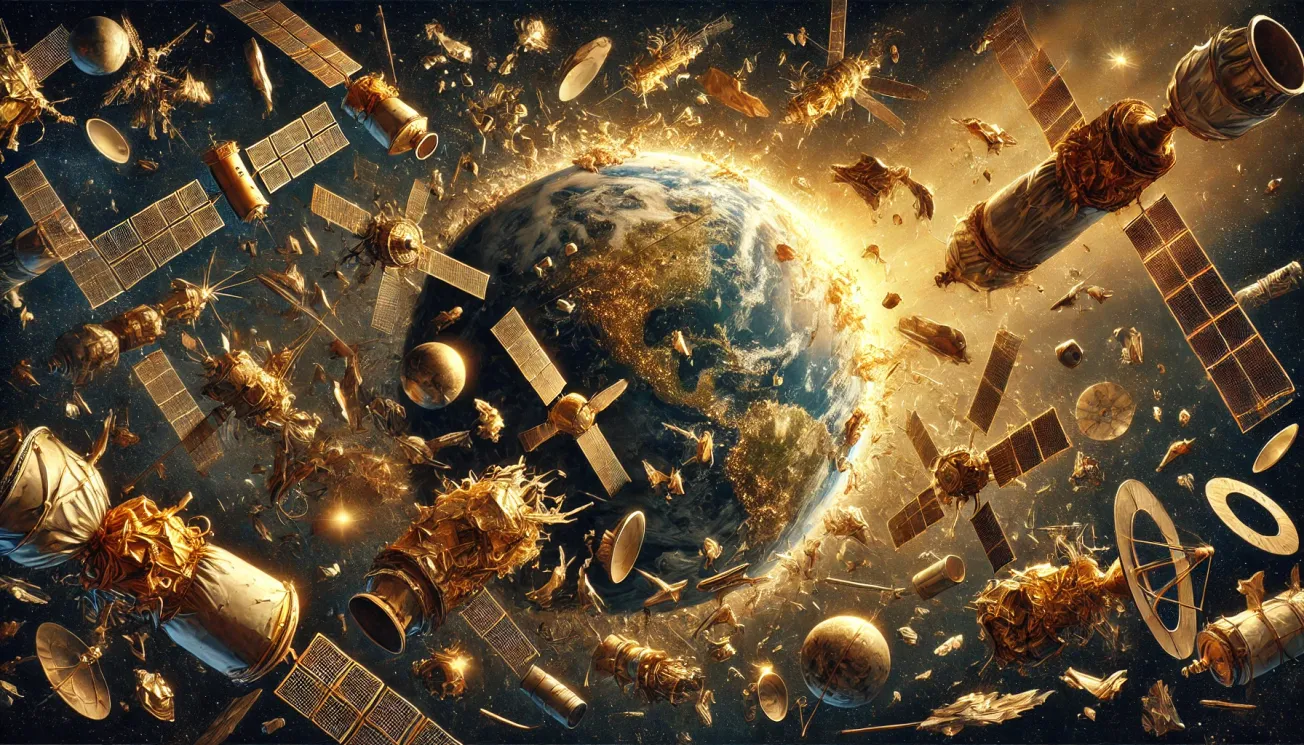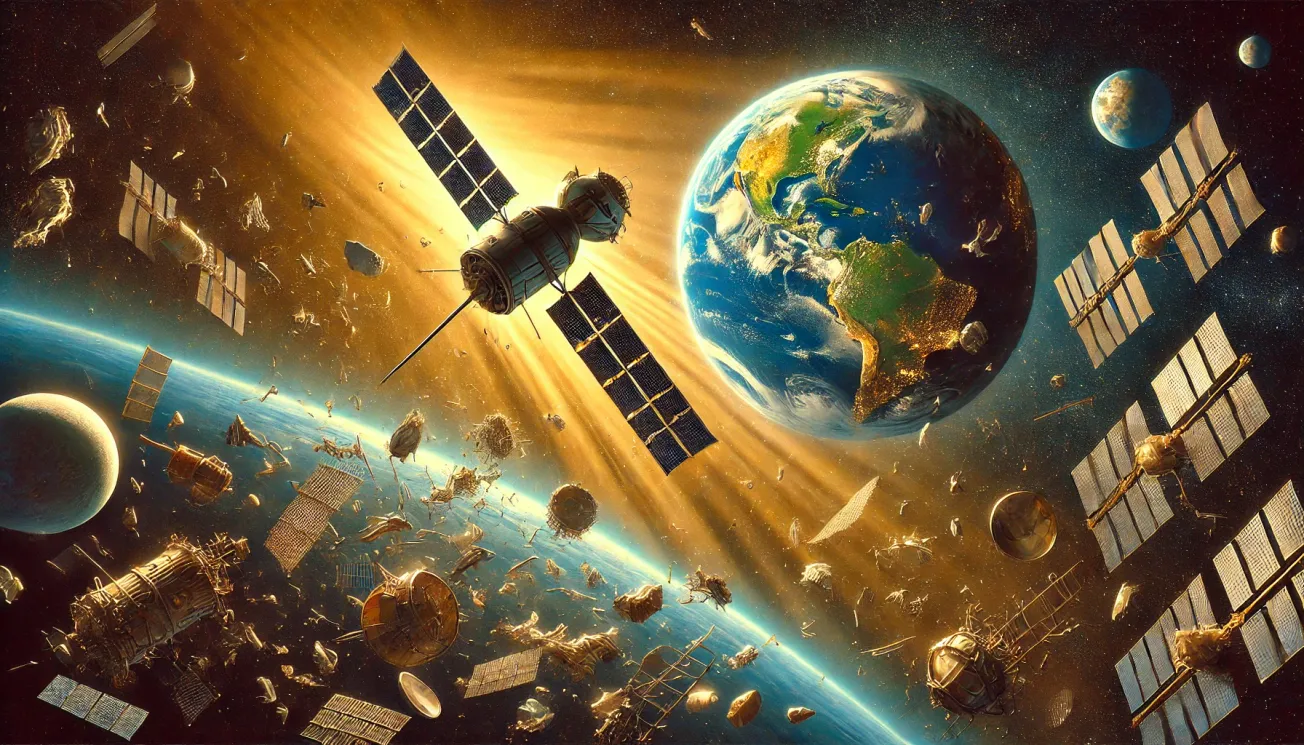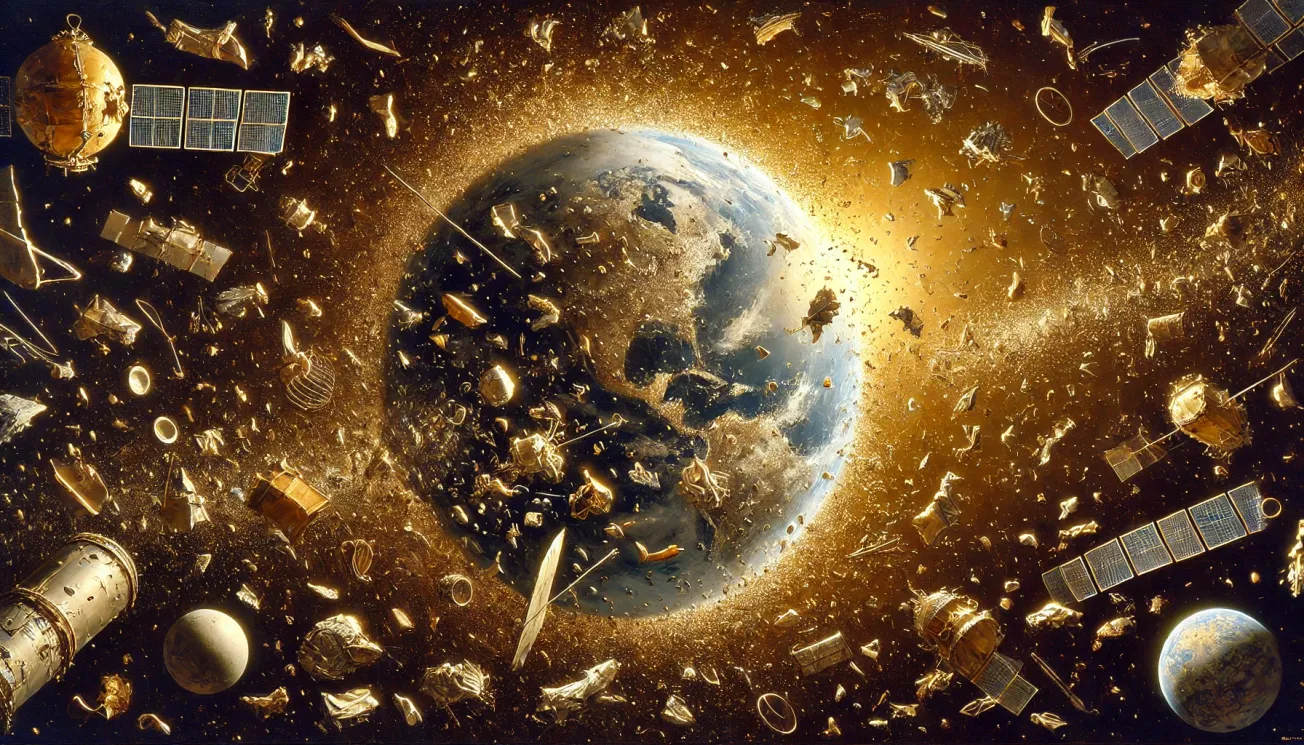Imagine waking to headlines announcing catastrophic satellite failures. Your smartphone loses reception, GPS fails, and streaming platforms go dark. What's the culprit? A collision in space caused by debris we've ignored for decades. Today, Earth's orbit is cluttered with thousands of dangerous debris fragments—silent, speeding threats that put astronauts, satellites, and our connected way of life at risk.
Let's explore ten of the most notorious existing space debris threats currently orbiting Earth in 2025—and why we must urgently address them.
1. Fengyun-1C Debris (2007)
In 2007, China deliberately destroyed its defunct weather satellite, Fengyun-1C, in an anti-satellite missile test. This action instantly created over 3,000 trackable debris pieces. Today, these fragments continue to threaten active satellites, significantly raising collision risks in orbit.
2. Kosmos-2251 Debris (2009)
The collision between the defunct Russian satellite Kosmos-2251 and the active Iridium 33 satellite in 2009 generated thousands of debris pieces. These fragments still circle Earth, posing serious collision risks in densely occupied low Earth orbit (LEO).
3. Intelsat 33e Satellite Explosion (2024)
In late 2024, Boeing-built Intelsat 33e unexpectedly exploded in orbit, scattering approximately 20 sizable debris pieces. This debris now endangers nearby communications satellites, highlighting vulnerabilities in our increasingly crowded orbital environment.
4. Long March 6A Upper Stage Debris (2024)
In August 2024, the upper stage of China's Long March 6A rocket broke apart after deploying satellites. Its fragments now number in the hundreds, increasing collision risks in an already busy orbital corridor.
5. Atlas V Centaur Upper Stage (2024)
Similarly, an Atlas V Centaur upper stage mysteriously fragmented in orbit in September 2024, releasing hazardous debris pieces into critical orbits used by navigation and communications satellites.
6. SL-16 Rocket Bodies (1970s-1980s)
Decades-old Soviet SL-16 rocket bodies—massive metal hulks—still orbit silently. These multi-ton abandoned boosters pose collision risks due to their size and inability to maneuver.
7. Envisat: Europe's Giant Ghost Satellite (2012)
Launched by the European Space Agency, Envisat became inactive in 2012. At over 8 metric tons, Envisat is now one of the largest uncontrolled objects in orbit, presenting an extreme collision threat in the densely populated sun-synchronous orbit.
8. SL-16 Rocket Bodies (1970s-1980s)
Several large SL-16 rocket bodies launched by the Soviet Union in the 1970s and 1980s remain orbiting Earth. Weighing several tons each, their size magnifies potential collision hazards.
9. Hubble Space Telescope Debris Impacts (Ongoing)
Even NASA's Hubble Space Telescope hasn't escaped damage. Over decades, it has accumulated impacts from tiny debris fragments, demonstrating the relentless, pervasive threat of even the smallest pieces of junk orbiting Earth.
10. Defunct ("Zombie") Satellites (Various Years)
Hundreds of satellites abandoned in orbit from nations worldwide remain silent hazards. Unable to steer clear of collisions, they are ticking orbital time-bombs, threatening active missions daily.
Astronauts on High Alert
The human cost is real. NASA astronaut Scott Kelly recalled the constant danger aboard the International Space Station:
"Several times, we had to take emergency shelter as debris sped dangerously close. Each incident reminded us how precarious life is above Earth."
This threat isn’t hypothetical—it's a daily reality for astronauts in orbit right now.
Why We Must Act—Now
Each piece of debris listed above could trigger Kessler Syndrome, the scenario where collisions create a domino effect, exponentially multiplying debris until space becomes inaccessible.
The good news? Active solutions exist, including ESA’s ClearSpace-1 mission, Astroscale's debris-removal efforts, and global regulations on satellite disposal. But solutions require global support—and action.
The Urgent Call to Action: Your Role
Space debris threatens not just our technology but our shared human future. Awareness leads to action. Demand responsible behavior from space-faring companies and support international collaboration to protect our cosmic neighborhood.
The problem won’t fix itself. It’s up to us—all of us—to preserve humanity’s future among the stars.









